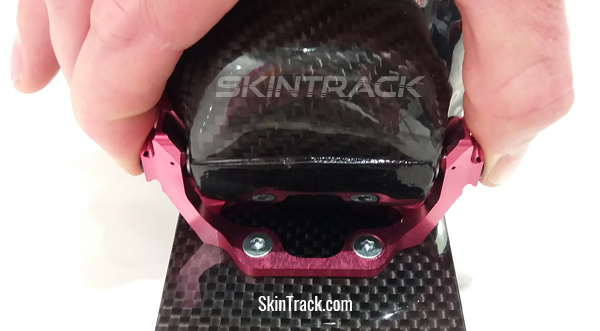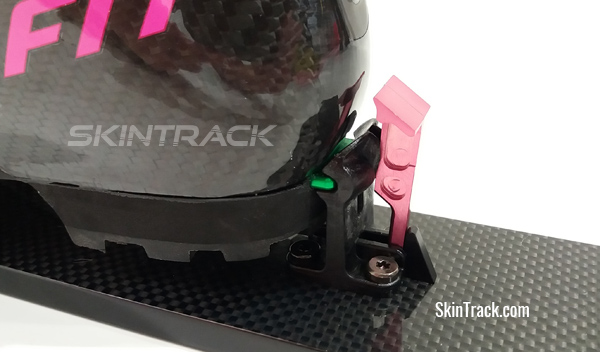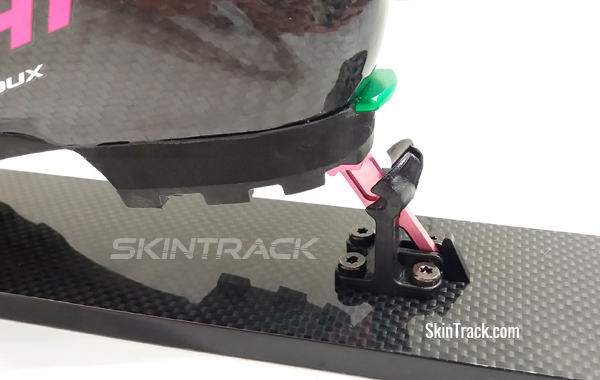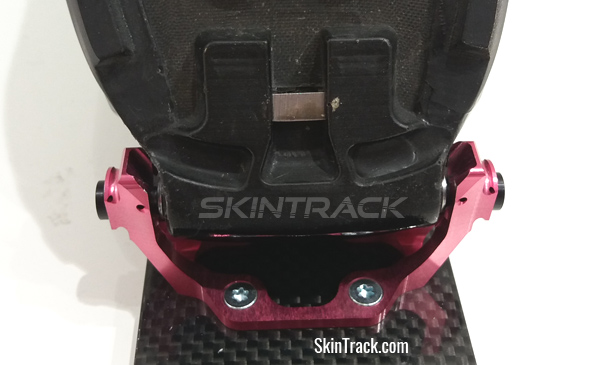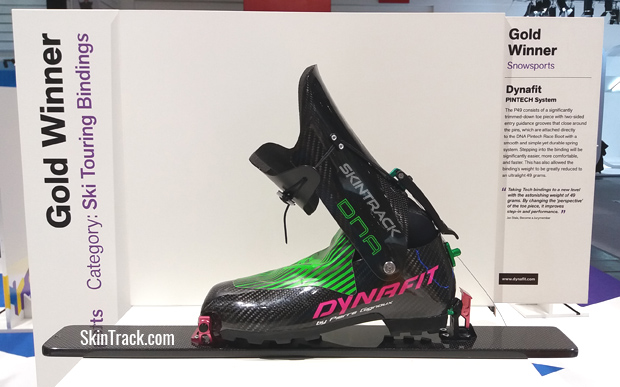
During my recent visit to ISPO outdoor trade show in Munich I was looking for a Dynafit booth to no avail. I headed to Pomoca instead, as both companies are owned by the same corporation, to find out where I can see the new Dynafit Pintech binding system and their new P49 binding…. and I found it there on display in a back corner.
It has been almost three decades since the revolutionary LowTech binding system was introduced to the market by Dynafit. First, Dynafit enjoyed the benefit of industrial patent protection which lead to their ski touring bindings market domination. After that they have been fighting competition from every direction with many brands “copying” the ingenious invention with only slight improvements.
Today, 30 years later, it looks like that Dynafit is going to try and set a completely new standard for ski touring bindings once again!
Dynafit P49 Heal Piece
Dynafit P49 Toe Piece
More about Dynafit Pintech and P49
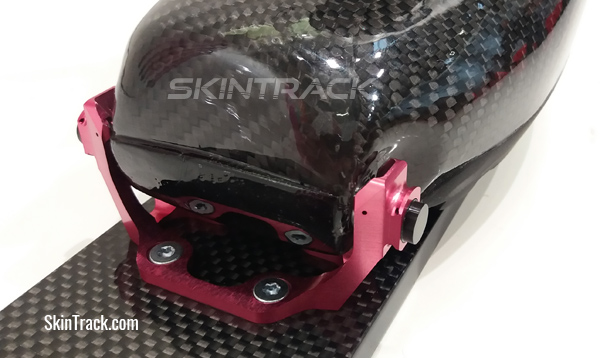
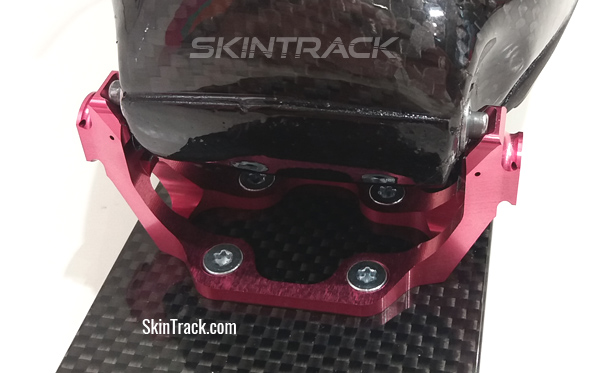
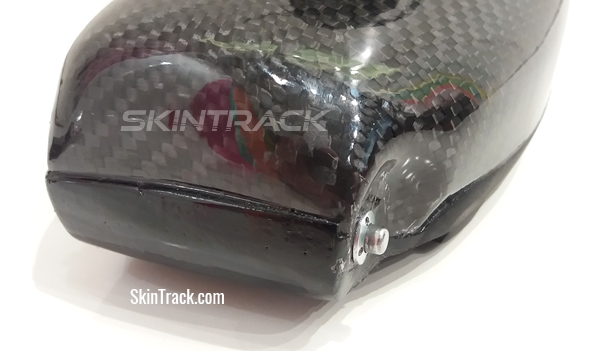
The P49 binding weighs only 49 grams per foot and due to the completely new design will require a very specific boot.
